Saito is, without doubt, the top sushi restaurant in Tokyo. It has had three Michelin stars ever since the 2010 guide (2 stars in 2009 and 1 in 2008), and is nailed on at the top of the usually volatile Tabelog rankings (Tabelog is the main local Japanese restaurant ranking website). With a current score there of 4.81 it is not only the highest ranked sushi on Tabelog, but the second highest ranked Tokyo restaurant of any type. Getting a reservation at Sushi Saito is now a task of legendary difficulty. In theory reservations open month or two ahead on a rolling basis, but in practice preference is given to regular diners, who book return visits when they attend, ahead of the open bookings. Since essentially everybody wants to come back, it has become exceptionally difficult for a non-regular to get a booking. I have been to Japan once or twice a year since 2008, and have tried to get a reservation here every time, but this is only my third visit, secured via a cancellation.
The new premises are no longer in a car park. They have moved to the south Ark tower, part of the modern Ark Hills complex in Roppongi. Getting to the south tower from the street is a bit fiddly. You can either take an escalator down towards the subway and then back up again into the tower, or take stairs from street level up to the elevated walkway that leads into the tower, and then heard back down to the ground floor where Saito is located alongside some other bars and restaurants. If there is a ground floor entrance then I missed it. Just eight seats are placed along the cypress counter where Saito works.
The meal, as is traditional, starts with a sequence of sashimi before moving on to sushi. The first element was baby sardine rolled around snapper roe, which was delicate. Steamed abalone and octopus was very good, not in any way chewy, but I have had better versions elsewhere (e.g. the abalone at Ryugin). However the next dish was a stunner: sashimi of bonito. This is a fish I am particularly fond of, but I have never tasted a piece this good, the fish dazzlingly tender and having glorious flavour. This was followed by warm squid with squid eggs, which was very good, though my mind was still fixated on the amazing bonito. Firefly squid was excellent, and I say this having just come from Toyama where they are sourced. The very best firefly squid I ate on this trip came here and at Takiya, and not the places I tried in Toyama itself, suggesting that careful selection is more important than pure locality. Hairy crab was also excellent, the meat mixed in with a nicely balanced dressing. Baby shrimp with wasabi was classy, as was rockfish with raw aubergine and radish. I have only eaten better aubergine at Hatanaka.
Now the sushi sequence began, with a little heap of lovely pickled ginger the only relish. Flounder was very good, as was golden eye snapper. Next was that sushi benchmark, kohada or gizzard shad, with its beautiful silvery skin. Now the tuna, in the usual sequence of akami (lean), chutoro (semi fatty) and otoro (fatty). I always look to the quality of the akami as a good clue as to the standard of a sushi restaurant, and this piece was simply glorious.
This was followed by superbly tender squid, then a cooked shrimp (sushi means "vinegared rice" and some toppings, like eel, are cooked). A particular favourite of mine, horse mackerel, was next, with its distinctive taste, and then a clam, which is never my favourite thing but was quite impressive nonetheless. Uni roll was next, the uni top class and briny. Then anago (saltwater eel) was served, carefully cooked and with lovely flavour, and this completed the sequence. At this point I cheated and asked for one more piece of akami, as who knows when I will be able to get back here, and I wanted to have a perfect memory of the place for my last bite. As is traditional, there was then the traditional tomago, or egg omelette.
Saito is a very cheerful and engaging chef, chatting and joking with the diners, and as a bonus he speaks good English. The atmosphere here is very relaxed and jovial, a world away from the solemn formality of some other Tokyo sushi temples. The bill, with plenty of beer to drink (there is also the excellent Delamotte champagne and sake available) came to ¥56,592 for two, which works out at £203 a head.
On scoring, I have a level of personal discomfort in scoring sushi places at the same level as, say, a top kaiseki or French restaurant, as there is clearly less "cooking" going on here than in a Parisian three star, so I have somewhat arbitrarily capped my sushi scores at 18/20. This is not to say that sushi is by any means a matter of shopping and slapping some fish on a ball of rice. There is a great deal of skill involved beyond careful sourcing. The fish is often aged or marinated by the chef to achieve the flavour profile desired, and the selection of rice and the precise blend and amount of vinegar used is crucial. The skill with which the chef shapes the ball of rice in his (rarely her) hands takes years to perfect, as does the knowledge to apply the exact amount of wasabi and soy to each piece, leaving aside the knife skills of the chef. Over the years I have grown in respect for the subtle and varied skills of the sushi chef as I have tried more and more highly rated places and appreciated the considerable variation in the end result. As far as I am concerned Sushi Saito is as near as you are ever going to get to perfection in sushi.
Further reviews: 25th Apr 2013 | 01st Oct 2010
















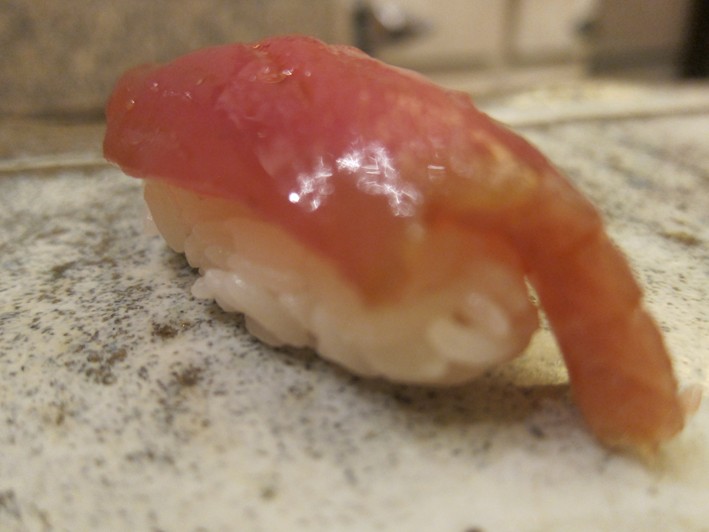
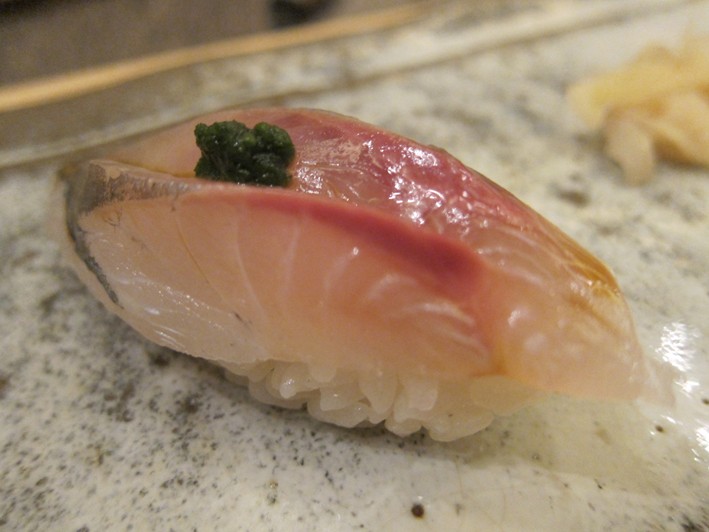
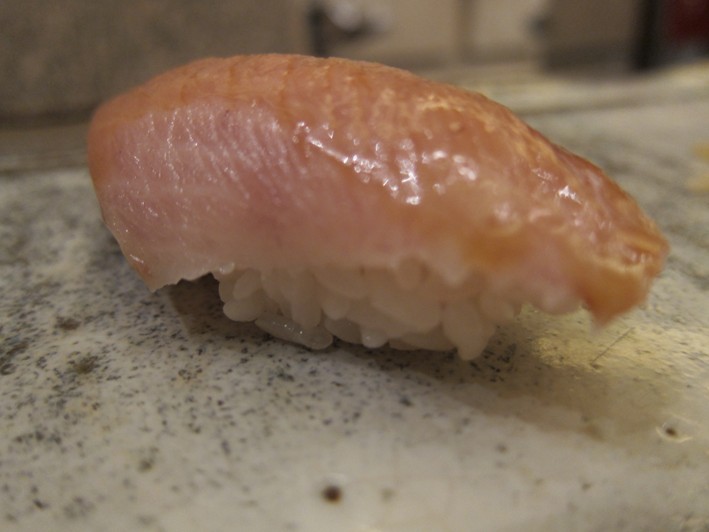


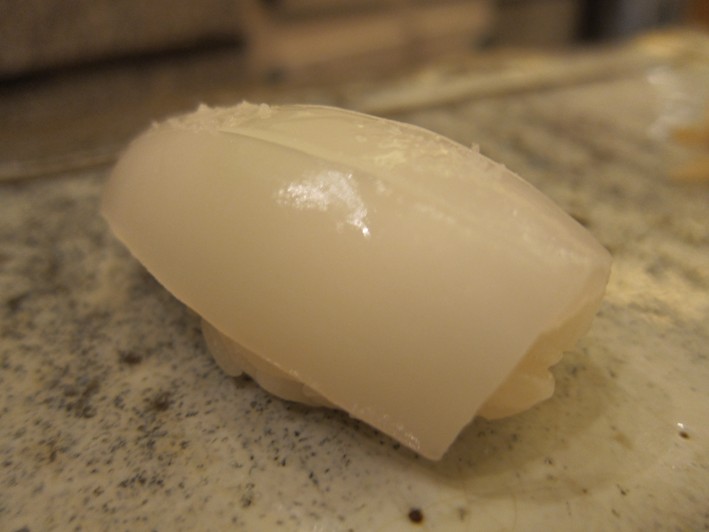
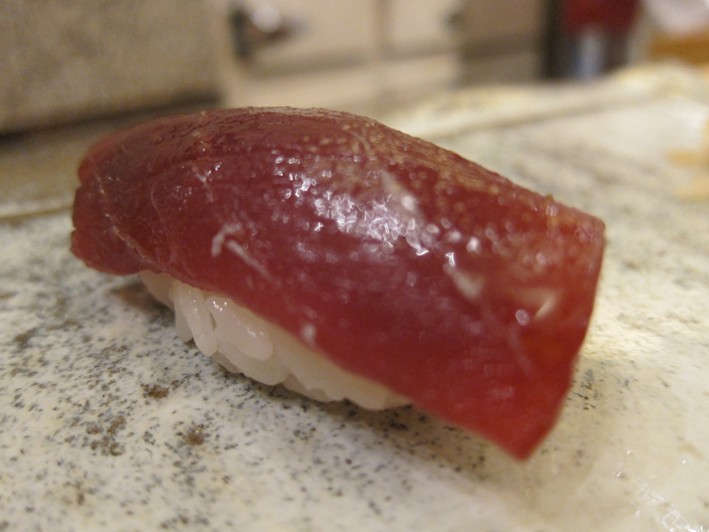
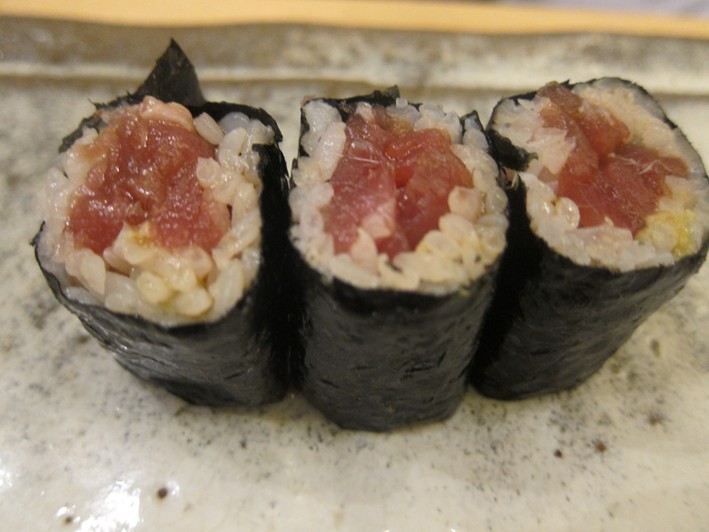
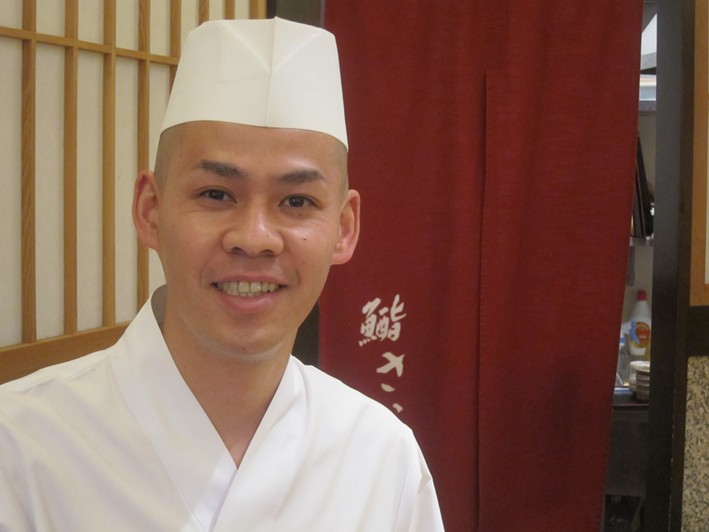

lecaptainfoodie
A must try when visiting Japan ! I hope to go back to this place on day https://lecaptainfoodie.com/